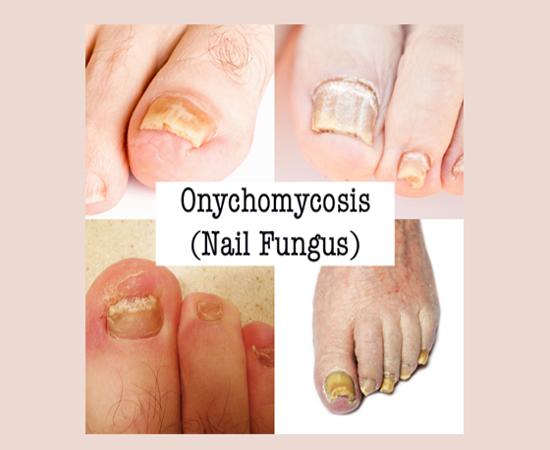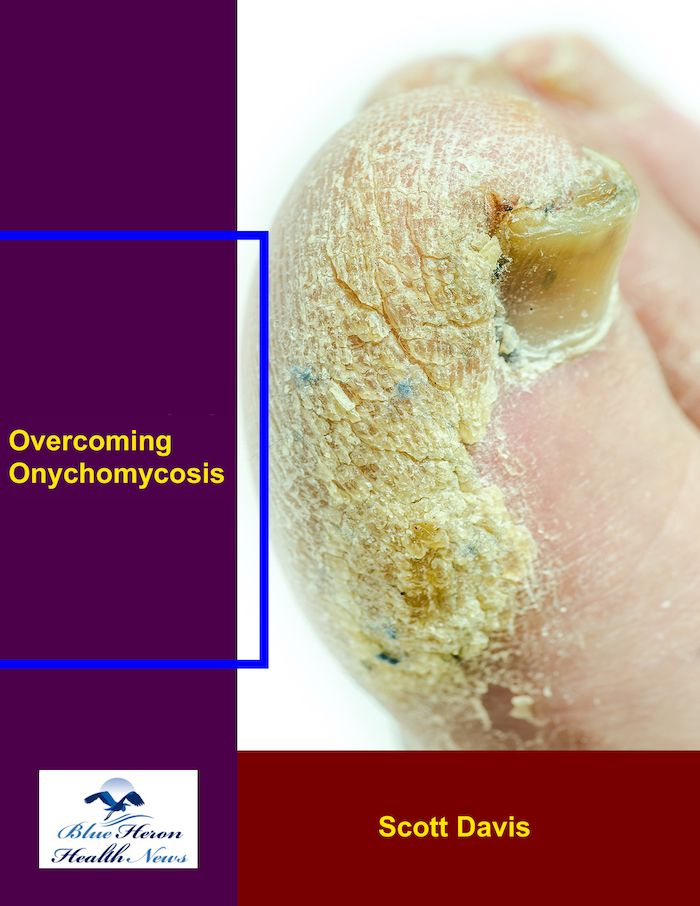Understanding Onychomycosis – Nail Fungus
Onychomycosis, commonly known as nail fungus, is a common fungal infection that affects the nails of both fingers and toes. This condition can cause nails to become discolored, thickened, brittle, and distorted, leading to potential pain and discomfort. If left untreated, onychomycosis can spread and worsen over time.
The Benefits of Treating Onychomycosis
Effective treatment for onychomycosis nail fungus can not only improve the appearance of the affected nails but also alleviate symptoms such as pain and discomfort. By seeking treatment for onychomycosis of nails, individuals can regain confidence in the appearance of their nails and prevent the infection from spreading further.
Detailed Explanation of Onychomycosis Treatment
There are various treatment options available for onychomycosis toenail fungus, ranging from topical antifungal medications to oral medications in severe cases. Additionally, laser therapy and surgical interventions may be recommended by healthcare professionals to address stubborn cases of onychomycosis of the toenails.
Frequently Asked Questions about Onychomycosis Treatment
1. What are the common causes of fungal nail infection onychomycosis?
Fungal nail infections are often caused by exposure to dermatophytes, yeasts, or molds that thrive in warm and moist environments, such as swimming pools, gyms, and shared footwear.
2. How long does the treatment of onychomycosis toenails for adults typically take?
The duration of treatment for onychomycosis can vary depending on the severity of the infection and the type of treatment being used. Generally, it can take several weeks to several months to completely eradicate the fungus.
3. Are there any natural remedies that can help in the antifungal treatment for onychomycosis?
While natural remedies like tea tree oil and vinegar may have antifungal properties, they are not as effective as prescription medications in treating onychomycosis. It’s essential to consult a healthcare provider for appropriate treatment.
4. What are the toenail onychomycosis treatment guidelines recommended by healthcare professionals?
Healthcare professionals may recommend a combination of oral and topical antifungal medications, good foot hygiene practices, and avoiding damp environments to effectively treat onychomycosis of the toenails.
5. Can onychomycosis of fingernails and toenails be contagious?
Yes, onychomycosis is contagious and can spread through direct contact with infected nails or by sharing items like nail clippers and shoes. Proper hygiene and prompt treatment are essential to prevent the spread of the infection.
Conclusion
Overcoming onychomycosis – nail fungus is possible with timely and appropriate treatment. By understanding the causes, symptoms, and treatment options for onychomycosis, individuals can take proactive steps to address this common fungal infection and restore the health and appearance of their nails.


